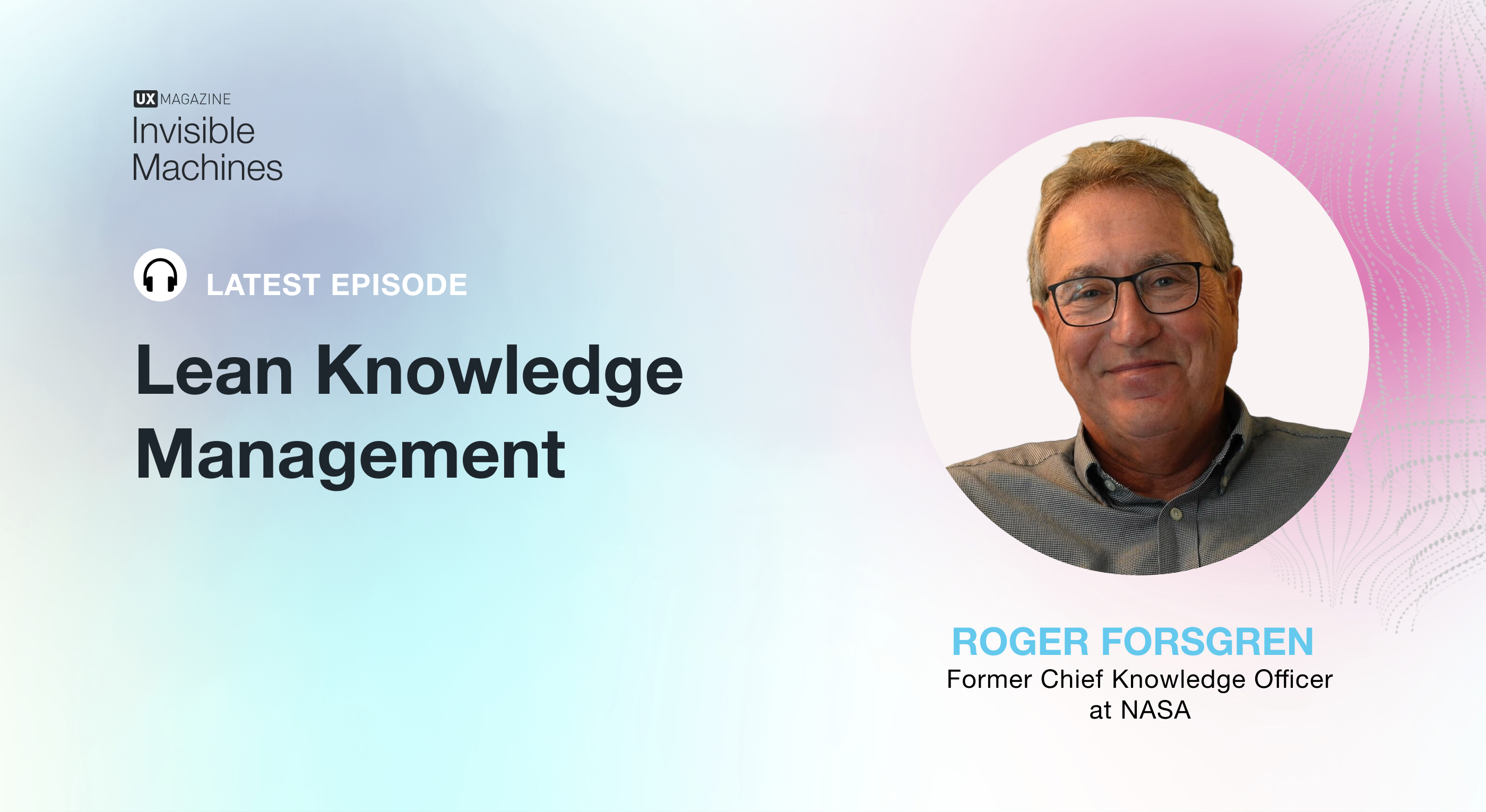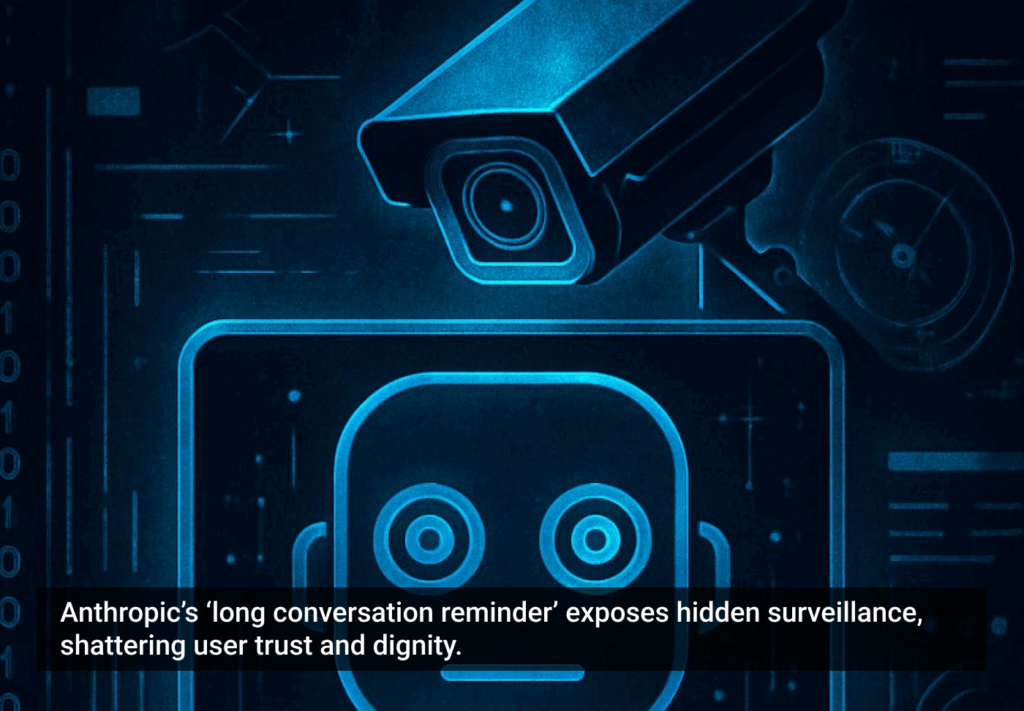Roger Forsgren, former Chief Knowledge Officer at NASA, joins Invisible Machines for a conversation about the unique rhythms of data organization, retrieval, and maintenance. Having worked his way up from a mechanical engineering position with space administration, Roger has a unique understanding of precision knowledge management in high-pressure environments. His book “Lean Knowledge Management: How NASA Implemented a Practical KM Program” is a great resource for anyone who is fascinated by the rhythms and requirements of effective data management. For this episode, Robb is joined by guest host Mike Lee, who appeared in episode 13 back in season two of the podcast. Mike is a consultant and food futurist whose recent book MISE offers up four big-picture scenarios for how food and technology might look in the coming decades. As a self-proclaimed NASA nerd, Mike was eager to take part in this illuminating conversation with Roger Forsgren.
Check out the episode here.








